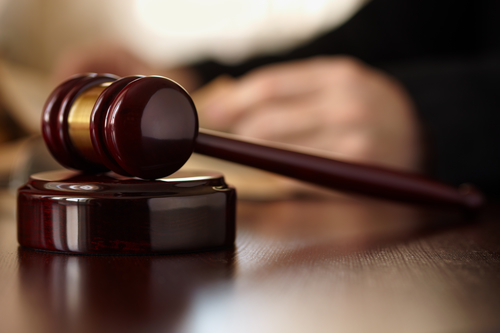After discovering possible infringement of your copyrights or trademarks, you should consult with an intellectual property attorney who will offer guidance on possible legal action. Typically, there are two main steps:
- sending a cease-and-desist letter and
- then filing a petition or lawsuit if necessary.
Send a Cease-and-Desist Letter
In many situations, this is an appropriate and cost-effective first step. You may be able to stop the infringing actions simply by informing the individual or business of your rights.
In the letter, your IP attorney will:
- describe the infringement activity;
- identify the applicable US trademark registrations and copyright registration or provide evidence that you own the trademark or copyright;
- provide proof of ownership if you do not possess registrations;
- and order the recipient to stop activities and remove infringing material or face further legal action.
Often, the attorney will also include a deadline. If the recipient fails to “cease and desist” by that date, you can consider further action. If there are negotiations between the parties, the attorney can assist with reaching an agreement in writing with the other party.
File a Petition or Suit
Depending on your case, you may seek damages for the copyright or trademark infringement.
For copyright infringement cases: you can file a petition for a temporary injunction in federal court. If granted, it requires the alleged offender to stop the infringing actions immediately. You may also file a lawsuit in which you seek to receive actual or statutory losses. The facts of your case will determine which type of damages are best to pursue.
For trademark infringement cases: you can file a petition for a temporary injunction in federal court. If granted, it requires the alleged offender to stop the infringing actions immediately. You may also file a Complaint to prevent further use of the trademark and/or receive damages.
If the infringement is related to a domain name that includes your trademark, you may also file an expedited complaint with an ICANN-approved dispute resolution provider, such as the World Intellectual Property Organization, to try to stop the use of the domain name by the infringing party.
In situations where the actions rise to the level of counterfeit trademarks, other recourses may be available, which you can read about in my “Preventing Counterfeit Trademark” series.
